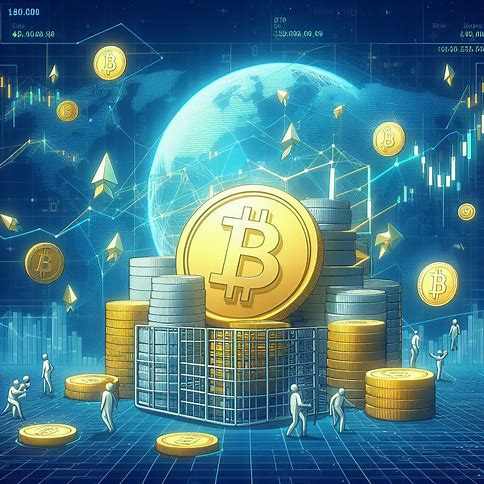Trading cryptocurrencies directly with another person without relying on centralized exchanges is what atomic swaps are. It is a revolutionary technology that enables trustless, peer-to-peer trading of digital assets across different blockchain networks.
What are atomic swaps?
Atomic swaps, also known as atomic cross-chain trading, are a method of exchanging cryptocurrencies from one party to another without the need for intermediaries like centralized exchanges. The term “atomic” refers to the fact that the trade either happens entirely or not at all, eliminating the risk of one party failing to hold up their end of the deal.
How do atomic swaps work?
Atomic swaps rely on smart contracts, which are self-executing contracts with the terms of the agreement directly written into code. Here’s a step-by-step breakdown of how an atomic swap works:
1. Initiation: The two parties agree on the terms of the trade, including the cryptocurrencies and amounts to be exchanged.
2. Contract Creation: A smart contract is created on each party’s respective blockchain, which locks in the funds to be traded.
3. Exchange: The parties exchange a cryptographic hash, known as a preimage, which serves as proof of ownership for the locked funds.
4. Redemption: Using the preimage, each party claims the funds from the other’s smart contract, completing the trade.
Benefits of Atomic Swaps
Atomic swaps offer several advantages over traditional centralized exchanges:
1. Decentralization: Atomic swaps prevent the need for intermediaries, reducing the risk of theft, hacking, or fraud associated with centralized exchanges.
2. Privacy: Since atomic swaps occur directly between users, there’s no need to share personal information with a third party.
3. Lower Fees: By cutting out the middleman, atomic swaps can potentially reduce trading fees compared to centralized exchanges.
4. Interoperability: Atomic swaps enable trading between different blockchain networks, promoting interoperability and liquidity in the cryptocurrency ecosystem.
Related: What Is Block Finality in Crypto?
Challenges and limitations
Despite their benefits, atomic swaps are not without their challenges.
1. Complexity: Atomic swaps require a certain level of technical knowledge, which may be a barrier for some users.
2. Liquidity: Atomic swaps rely on finding a counterparty willing to trade, which can be difficult for less popular cryptocurrencies.
3. Speed: Atomic swaps may take longer to complete than centralized exchange trades due to the multiple blockchain transactions involved.
Key Takeaways
1. Atomic swaps enable trustless, peer-to-peer trading of cryptocurrencies without the need for centralized exchanges.
2. Smart contracts are used to lock funds and ensure that trades are completed atomically, meaning they either happen entirely or not at all.
3. Atomic swaps offer benefits such as decentralization, privacy, lower fees, and interoperability between different blockchain networks.
4. Challenges associated with atomic swaps include complexity, liquidity, and speed compared to centralized exchanges.
5. As blockchain technology advances, atomic swaps are expected to become more user-friendly and efficient, potentially revolutionizing the way we trade cryptocurrencies.
Frequently Asked Questions
1: What cryptocurrencies can be traded using atomic swaps?
Atomic swaps can be performed between any two cryptocurrencies that support the same hashing algorithm and have compatible smart contract functionality. Some popular cryptocurrencies that support atomic swaps include Bitcoin, Litecoin, and Ethereum.
2. Are atomic swaps faster than centralized exchange trades?
Currently, atomic swaps may take longer to complete than centralized exchange trades due to the multiple blockchain transactions involved. However, as technology improves, the speed of atomic swaps is expected to increase.
3. Can atomic swaps be used for trading other assets besides cryptocurrencies?
While atomic swaps are primarily used for trading cryptocurrencies, the underlying technology could potentially be adapted for trading other digital assets, such as tokens representing ownership of real-world assets like real estate or art.
4. Are there any fees associated with atomic swaps?
Atomic swaps usually involve lower fees compared to centralized exchanges, as there are no intermediaries taking a cut of the transaction. However, users still need to pay network fees for the blockchain transactions involved in the swap.
5. How do I find someone to perform an atomic swap with?
There are several decentralized platforms and communities dedicated to facilitating atomic swaps, such as AtomicDEX and Bisq. These platforms allow users to post offers and find counterparties interested in trading.










